Apple announced a substantial increase in its U.S. investment commitment, pledging an additional $100 billion (bringing the total to $600 billion over the next four years) and introducing the American Manufacturing Program (AMP), aimed at relocating more of its supply chain and advanced manufacturing operations to American soil.
Uplifting U.S. Manufacturing, From Glass to Semiconductors
The AMP initiative marks a broad sweep across the U.S. supply chain. Apple is partnering with at least ten U.S.-based manufacturers, ranging from Corning, Coherent, and Texas Instruments to Applied Materials, GlobalWafers America, and TSMC, to reinforce the production of essential components like glass, chips, lasers, and rare-earth magnets.
In Harrodsburg, Kentucky, a Corning expansion will ensure that all iPhone and Apple Watch cover glass is manufactured in the U.S. Sherman, Texas, will become a hub for the production of advanced VCSEL lasers for Face ID, among other features. MP Materials will ramp up its Texas rare‑earth magnet operations and establish a recycling line in California’s Mountain Pass.
Together, these moves support over 450,000 supplier and partner jobs across all 50 states and include plans to directly hire 20,000 people in areas such as R&D, silicon engineering, software, and AI/ML.
Market Reactions and Broader Implications
Apple’s announcement occurred during a White House event with President Trump, coming amid rising tariffs on foreign goods (especially semiconductors and electronics). Analysts suggest the expanded U.S. investment may help Apple sidestep these tariffs.
Wall Street responded favorably: Apple’s stock rose approximately 5 percent during trading, and further gains followed after hours. Corning also saw a notable uptick in its share value.
However, some caution that while Apple’s renewed commitment supports domestic manufacturing growth, it does not yet include complete iPhone assembly in the U.S. Questions remain about the practical challenges (including workforce readiness and infrastructure) of truly reshoring final assembly.
Image credit: Daniel L. Lu

